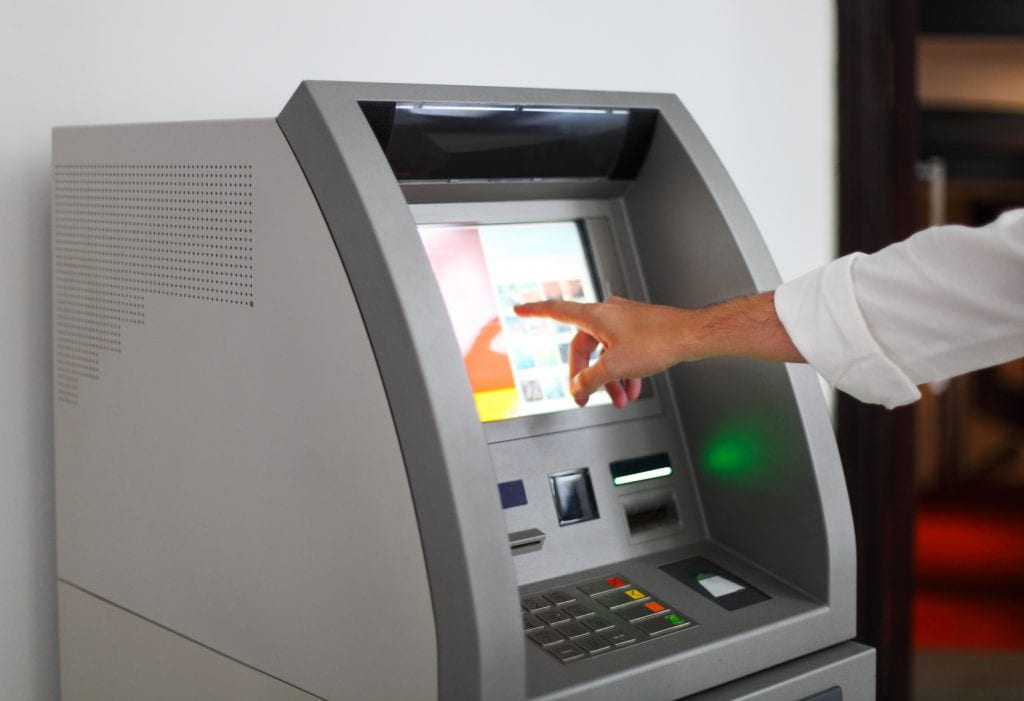The Canadian payments market has characteristics some American mobile payments advocates can only wish for: a simpler banking marketplace with only a handful of major players and access to the latest in technology that is, theoretically, deployable faster across the smaller Canadian population of 34 million. But even with that comparative simplicity, mobile payments are complicated things.
To bring a level of clarity to the complexity, the leading Canadian financial institutions are reported to be releasing a set of guidelines and standards for how financial institutions shoud interact with telecommunications companies for the provisioning of payment credentials onto NFC handsets. (Once those guidelines are released and reviewed, we will comment further.)
Despite the useful step that the release of these guidelines will represent, there are no end of issues for mobile payments. Beside the skepticism of Canadian merchants around the cost of new payment methods (a skepticism shared on the U.S. side of the border), there are the knotty problems of revenue sharing, brand leadership, and customer ownership with the mobile operators, again, all issues shared by participants on both sides of the border. And the list goes on as the article points out:
Separately, Rogers has applied for a banking licence to become a credit card issuer. If that licence is granted, it would become the first Canadian cable and telecom company to pursue that profitable line of business.
Meanwhile, banks have been eagerly trying to expand into new forms of mobile payments. Royal Bank of Canada and Canadian Imperial Bank of Commerce have said they intend to expand in mobile payments on phones, and CIBC has been aggressive in developing new mobile apps for banking. However, rivals have been gearing up with similar offers to shake up the market.
In September, Bank of Montreal introduced what it called “tap and go” payments, where consumers place a sticker containing a chip with their credit card information on the back of their cell phones. By waving the phone near a special receiver at the cash registers of some retailers, the consumer can automatically pay for purchases under $50.
The system uses the mobile PayPass system that has been in place for years at gas stations and retailers such as coffee shops, requiring no signature or personal identification number (PIN).
The banks have spent months working on the new guidelines, which are voluntary. This new world of payments also raises interesting questions about security, since a person may worry if they lose their payment-equipped phone. But it is expected a PIN could be used to validate large phone-based payments. Consumers who lose their phone would be advised to cancel their credit cards as a safety precaution.
The standards devised by the industry come as the federal government is in the process of setting rules for the rapidly unfolding world of mobile and digital payments. A spokeswoman for Finance Minister Jim Flaherty said the government is taking steps to oversee the new system.
The similarities of the market dynamics between the U.S. and Canadian markets could tempt one into thinking that the Canadian model will show the way for the U.S. market evolution. That will only go so far.
Click here to read more from The Globe and Mail.
